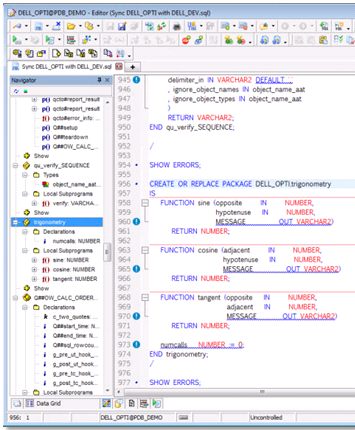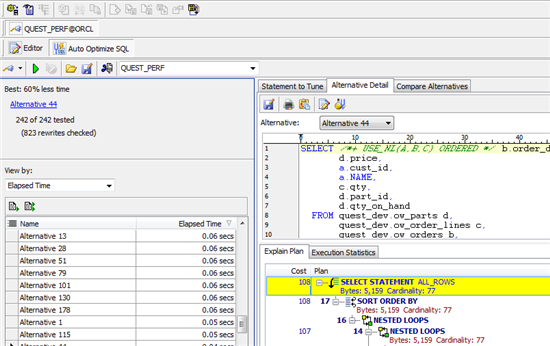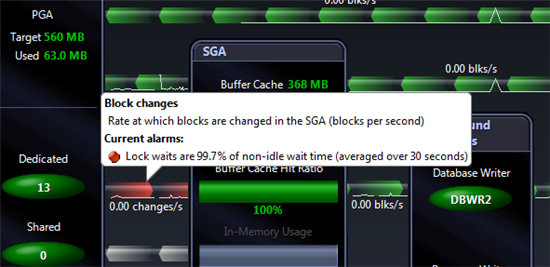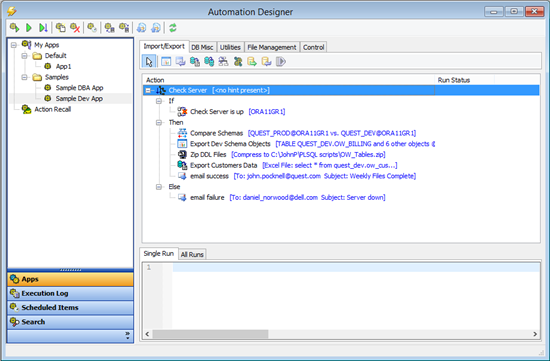How do you know whether DevOps is right for you?
Well . . .
- Do you get pressure from upper management to accelerate your delivery time and processes?
- Do you have long delays in database development, QA and delivery?
- Do your database developers spend a lot of time on manual processes?
Probably everyone reading this can answer “Yes, somewhat,” to all of those. But if the pressure, delays and manual processes are a chronic drag on your ability to keep the code in your databases current, then consider DevOps.
I posted last time about DevOps tools for testing and quality and our new e-book called DevOps for Oracle Databases. In this post, I’ll cover tools that support the faster deployment and wider use of automation that can make DevOps succeed.
Deploy faster
Compare schemas automatically — You can burn up a lot of time manually comparing schemas, noting the changes and writing scripts to move them between environments. But if you don’t do all that work, you may burn up even more time troubleshooting.
We’ve built a compare-and-sync utility into Toad for Oracle to automate the processes of running the comparison and generating the script. The screenshot above shows how easily you can save time and reduce the chance of manual error.
Tune SQL before it’s in production — The only thing worse than pushing poorly written SQL to production is having a few thousand users and customers jump on it, start using it and complain. To you. Or to your boss. Wouldn’t you rather tune it beforehand and eliminate the risk to your database performance?
With SQL Optimizer for Oracle, database developers can examine alternative ways to write their SQL (with amount of time saved, as shown in screenshot below) and tune their code before pushing it to production. In a single operation, they can determine, for example, which index combinations would work best across an entire batch of code. The Impact Analysis feature looks for and highlights code that may cause problems in production so developers can deal with it before it hampers database performance.
Analyze workload — You don’t need to wait until you’ve pushed your code live to find out whether it will have an effect on performance. Analyze the workload in your test environment with the Spotlight on Oracle diagnostic tool. The screenshot below shows how Spotlight graphically represents what’s happening in your Oracle database environment, with context on potential problems.
You can also run Spotlight in your production environment to see the effects of the database changes you’ve made.
Automate everything
Well, almost everything. You still have to write code.
With the Automation Designer in Toad, you can automate individual manual tasks and create entire automated workflows. You can build in conditions, as shown below. Automation Designer lets you control your workflow from the command line, so you can integrate automation into other applications and services.
Get the e-book “DevOps for Oracle Databases”
If you’re already on board with DevOps, see how much more you can accomplish using Toad for Oracle and the tools I’ve described in these posts. If you’re still gauging the fit between DevOps and your database development effort, give your team the inside track with Toad.
Meanwhile, have a look at the entire e-book, DevOps for Oracle Databases, to learn more about the importance of tools in a successful DevOps effort.






